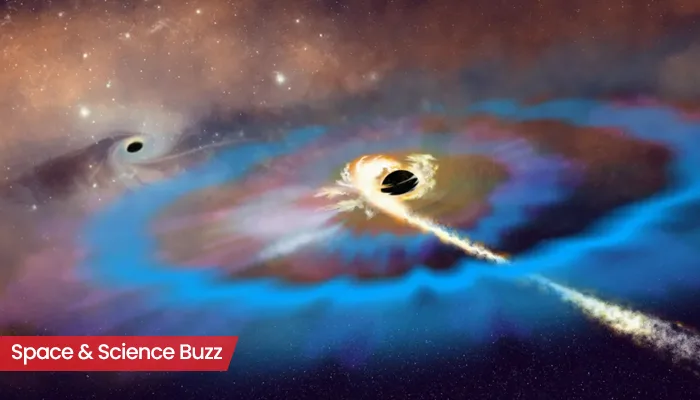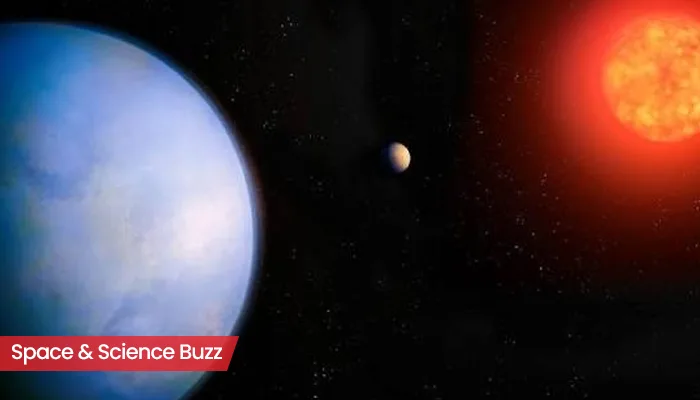
Here are today’s most important updates from the realm of Science and Space.
A Habitable Neighbor? Super Earth Discovery Rekindles Alien Life Debate
Astronomers have identified a nearby world that could potentially host life. It is a “super-Earth” orbiting a faint red dwarf star less than 20 light-years away. The newly found exoplanet, named GJ 251 c, is about four times more massive than Earth and likely rocky, making it one of the most intriguing planetary discoveries of 2025 so far. The international research team, which includes scientists from Penn State University, announced the discovery in a paper published this week in The Astronomical Journal. GJ 251 c orbits within its star’s habitable zone, often called the “Goldilocks Zone,” where temperatures could allow liquid water to exist on the surface if the planet has a suitable atmosphere.
Solar Shockwave Destroys Parts of Venus: How Safe Is Earth?
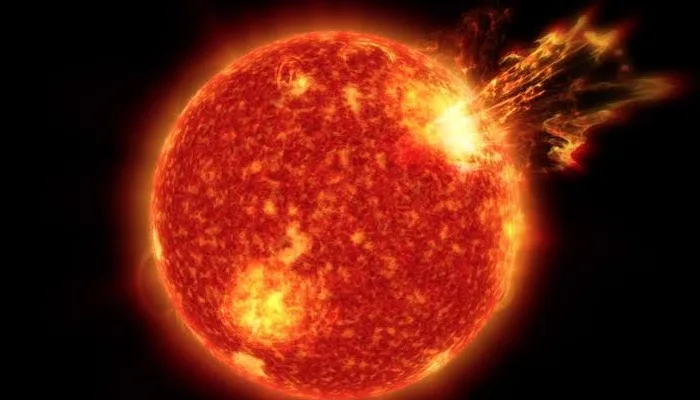
A colossal explosion on the farside of the Sun has sent shockwaves rippling through the solar system, with the powerful eruption’s coronal mass ejection (CME) striking Venus. The event, first detected late on October 21, was one of the fastest and most energetic solar outbursts recorded this solar cycle, leaving astronomers asking: Will Earth be next? According to reports, Type II radio emissions measured from the event showed drift rates corresponding to speeds around 2474 km/s, a signature of an exceptionally fast-moving CME. For now, NOAA’s Space Weather Prediction Center reports no direct threat to Earth from this farside blast.
Astronomers Spot Massive 700-Metre Asteroid Secretly Orbiting Within Venus’s Path
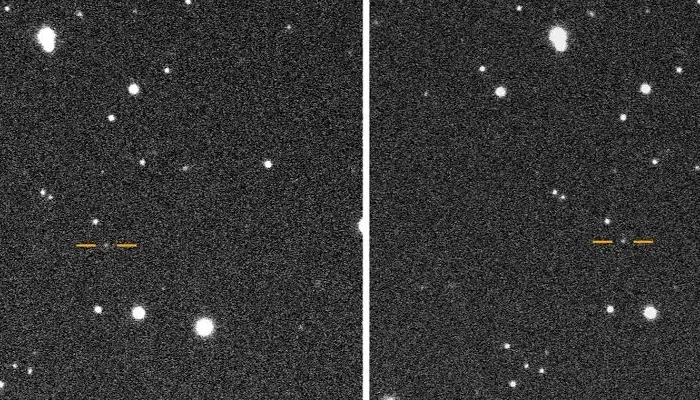
A newly discovered asteroid, designated 2025 SC79, races around the Sun every 128 days, making it the second-fastest known asteroid and the second ever found within the orbit of Venus. Scott S Sheppard of Carnegie Institution for Science first observed it on September 27, 2025, using the Dark Energy Camera at the Blanco 4-meter telescope in Chile. Estimated to be about 700 meters in diameter, the asteroid crosses Mercury's orbit and remains hidden from much of Earth's view because it lurks in the Sun's glare. Its confirmation involved follow-up observations from the Gemini and Magellan telescopes.
Heart Health Without Weight Loss? New Drug Makes It Possible

A new study published in The Lancet reveals that the weight-loss drug semaglutide significantly reduces the risk of heart attacks and strokes, even for individuals who lose little to no weight while on the medication. The research, funded by Novo Nordisk, examined data from 17,604 people aged 45 and older who were overweight and had existing cardiovascular disease. Participants were given weekly doses of semaglutide or a placebo. The study found a 20% reduction in major cardiac events, such as heart attacks and strokes, in those taking semaglutide. Importantly, the benefits were observed regardless of the participant's starting weight or the amount of weight lost in the first 4.5 months. Researchers noted that reductions in waist circumference were linked to improved heart health, accounting for about a third of the drug's protective effects over two years.



.webp)
.WEBP)
.WEBP)
.webp)
.webp)
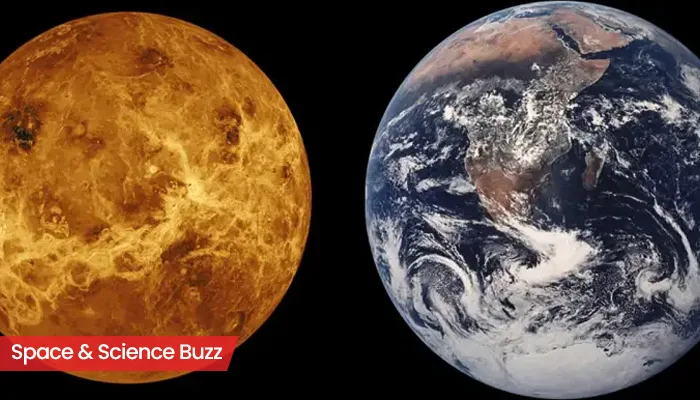
.webp)
.webp)
.webp)
